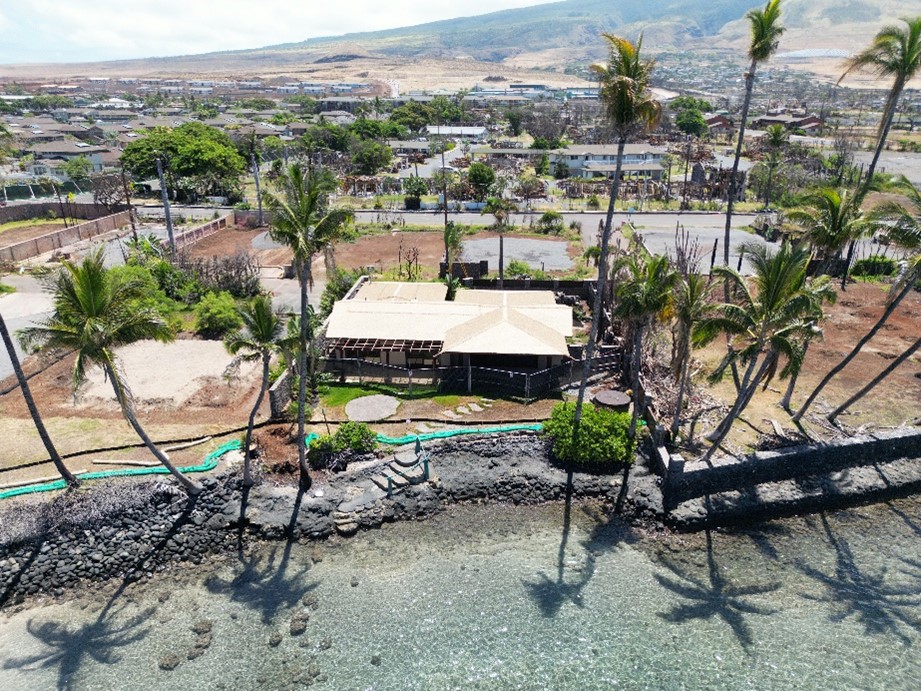This website uses cookies so that we can provide you with the best user experience possible. Cookie information is stored in your browser and performs functions such as recognising you when you return to our website and helping our team to understand which sections of the website you find most interesting and useful.
News
When PVC Saves the Day: Lahaina’s Fire-Tested Vinyl Thatch Roof
With hurricane season approaching—and wildfires now a year-round threat—choosing the right exterior materials is critical. Vinyl, or polyvinyl chloride (PVC), has long been valued for its toughness in salt, sun, and storm. In fire events, that same chemistry can be the difference between loss and survival. A vinyl thatch roof offers the romance of natural palm roofing while adding the life-safety performance only PVC can provide.
A Modern Take on Traditional Thatch
Endureed®, the longest-standing manufacturer of engineered thatch, set out to give architects the romance of natural palm roofs without the risk. The company’s Premium Collection is comprised of extruded rigid PVC strands stitched into a stainless-steel binder.
Why Choose a Vinyl Thatch Roof?
- Built-in fire strength. Chlorine in PVC interrupts combustion, so the material self-extinguishes and helps roof assemblies achieve Class A ratings—unattainable with natural thatch.
- All-weather resilience. The vinyl formulation is UV-stabilized, pest-proof, rot-proof, and rated to withstand 150 mph winds, making it a favorite in hurricane zones. In some cases, this material can give up to 1 full LEED point toward a project.
- Decades of service. Endureed backs each installation with a 20-year guarantee, and field roofs more than 25 years old still show no fading or structural fatigue.
This PVC-driven performance is why resorts, zoos, and luxury residences in over 43 countries specify Endureed vinyl thatch roofing.
Lahaina: Proof Under Fire
The 2023 wildfire in Lahaina, Maui, put the material to its harshest test. At 19 Kamaka Circle, radiant heat exceeded 250 °F. While it was hot enough to soften the thatch surface, the Bali vinyl thatch roof never ignited. Denied fresh fuel, the flames bypassed the structure, leaving the home largely intact while neighboring buildings burned to the ground. Pictured is the lone home standing shortly after the fire.
Long-Term Value
Although PVC thatch carries a higher upfront cost, owners avoid annual re-thatching, pest treatments and full replacement every five or so years—delivering a lower total cost of ownership over the roof’s 20-plus-year service life.
The Lahaina fire underscores a larger truth: vinyl’s unique chemistry can preserve architectural heritage while protecting life, property and budgets. When resilience matters, PVC doesn’t just endure—it safeguards. Vinyl thatch roof combines authentic aesthetics with proven resilience. To learn more, visit Endureed.com.


